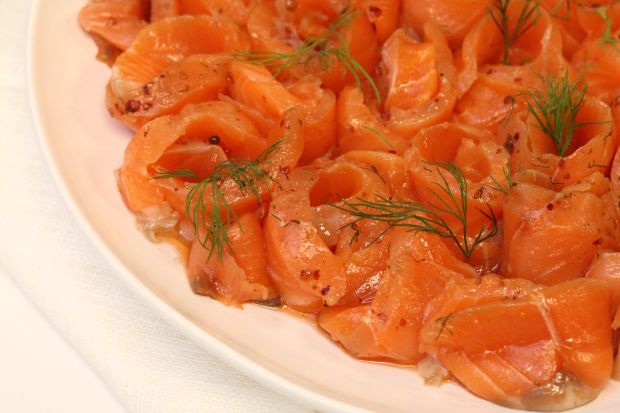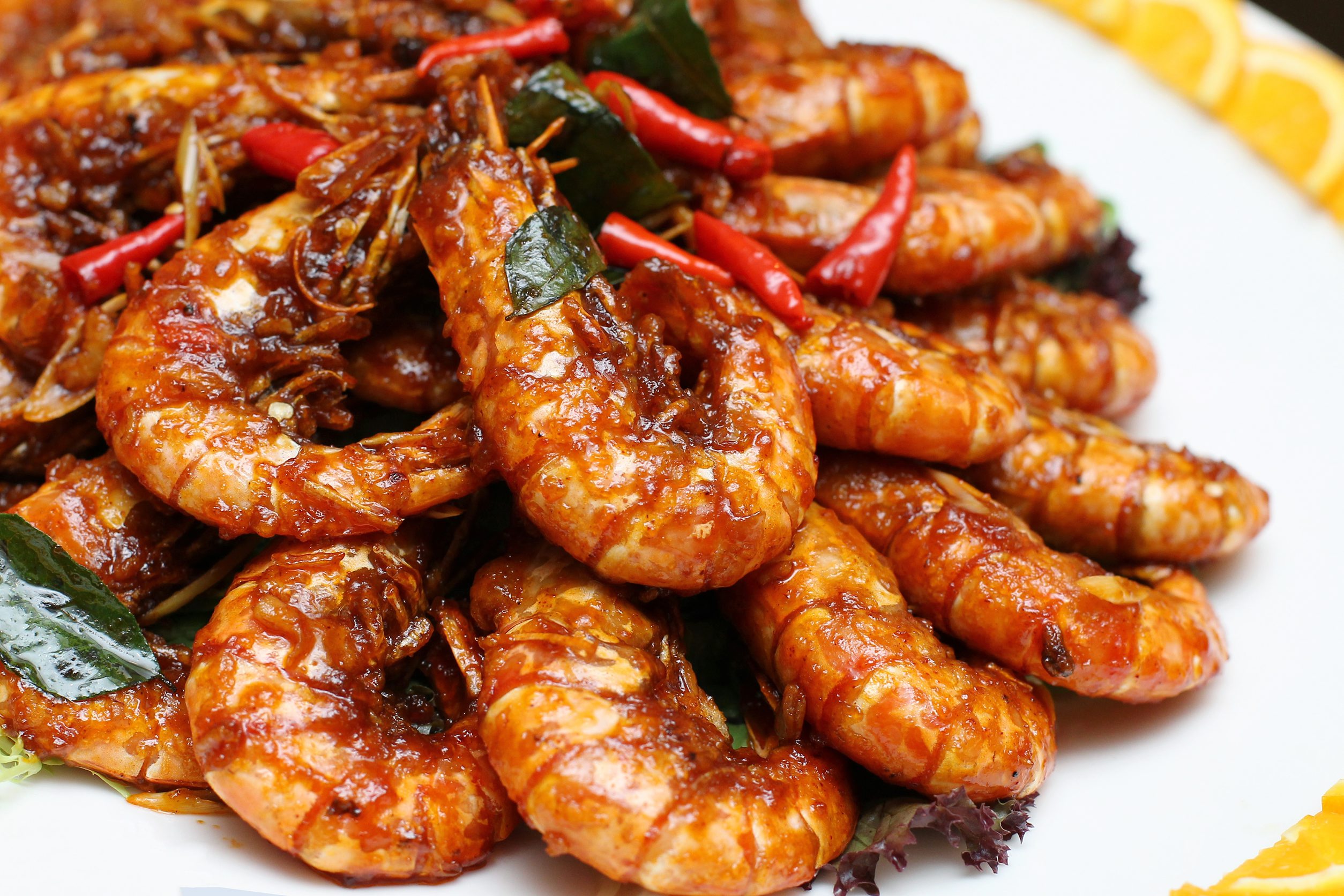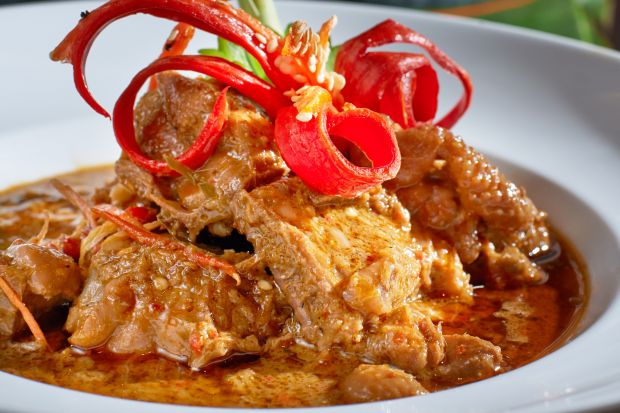Recipe Description
IT´S really easy to make your own gravlax (pronounced grav-lox). Unlike the old days in Scandinavia where the fish is buried in the ground and left to ferment for months – during which time it develops a strong odour – modern gravlax can be made in two days in the refrigerator and has a clean and fresh taste.
Recipe Ingredient
- 1 whole salmon, cut into two fillets
- Curing mix:
- 100g coarse salt
- 50g sugar
- 10g red berries (or mixed peppercorns), crushed
- 2 packets dill
Instructions
- Remove any small bones from the fillets with a pair of tweezers.
- Combine the salt, sugar and crushed berries or peppercorns. Line a tray with cling film without cutting the film yet. Sprinkle the bottom of the tray generously with curing mix. Place a salmon fillet skin side down on the tray. Cover with a thick layer of curing mix.
- Place the dill on the salmon and place the other salmon fillet on top, skin side up. Cover with the remaining curing mix. Bring the cling film up and wrap the salmon well in several layers. Refrigerate for 24 hours. Flip over and refrigerate another 24 hours.
- To serve: Remove the dill and scrape off the salt; pat dry with a paper towel. Slice the gravlax thinly on the bias, leaving the skin behind.
- Serving suggestions: Serve gravlax as it is, with dill and lemon wedges, or with crème fraîche or sour cream, pickled onion and slices of hard-boiled egg, shrimps and salmon roe.
- Storage: Wrapped in plastic and refrigerated, gravlax will keep for three to four days.
- Tips: As a rough guide, for every 500g of salmon, allow 2 tablespoons (30g) salt, 1 tablespoon (30g) sugar and a bunch of dill. To cure smaller cuts of salmon, reduce the curing mix and time. A thin cut of salmon, or a cut weighing less than 500g, need only to be marinated for 12 hours.
- Test for doneness by tasting a small slice. Gravlax should not be overly salty - while the original purpose of salting raw salmon was to preserve it, today salt is only used as a seasoning. A longer cure will produce a stronger flavour and a drier texture.










